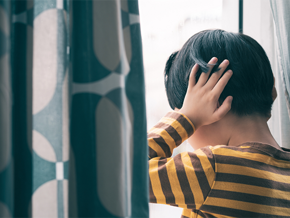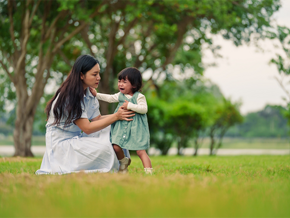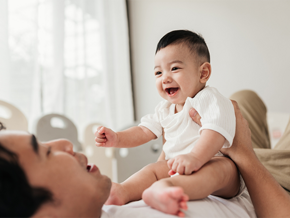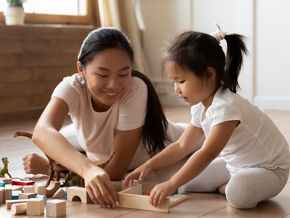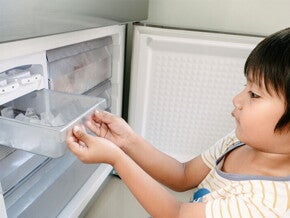
A Child Psychologist's Guide to Building Emotional Stability in Kids
Does your child know how to control their temper when they're upset with friends? How about dealing with fear on the first day of school? Helping kids manage their feelings during stressful situations is crucial because it sets the stage for building their emotional stability.
The job of teaching your kids emotion regulation falls on you. Yes, being your child's first emotion coach is a lot to carry, not to mention the pressure. But you're more capable than you think.
To give you a bit of help, we asked child psychologist Ariana Dee or Ardee with the Ateneo Bulatao Center for Psychological Services and Life Ready Psychological Services to share practical ways on how busy parents can support their child's emotional growth.
What Is Emotional Stability in Children
The American Psychological Association defines emotional stability as the "predictability and consistency in emotional reactions, with absence of rapid mood changes."
But what does that look like in real life? According to Ardee, emotional stability in children can show up in the following ways:
Emotionally attuned
Children can identify their feelings and understand how their emotions manifest in their bodies and thoughts.
Hardy or emotionally resilient
In times of distress, children may get slightly fazed (which is okay!), but they can soothe, calm, and reassure themselves.
Open and communicative
Because they are emotionally attuned, children openly communicate how they feel towards their trusted loved ones. It's their way of communicating their needs for support as they try to regulate their emotions.
Emotionally secure
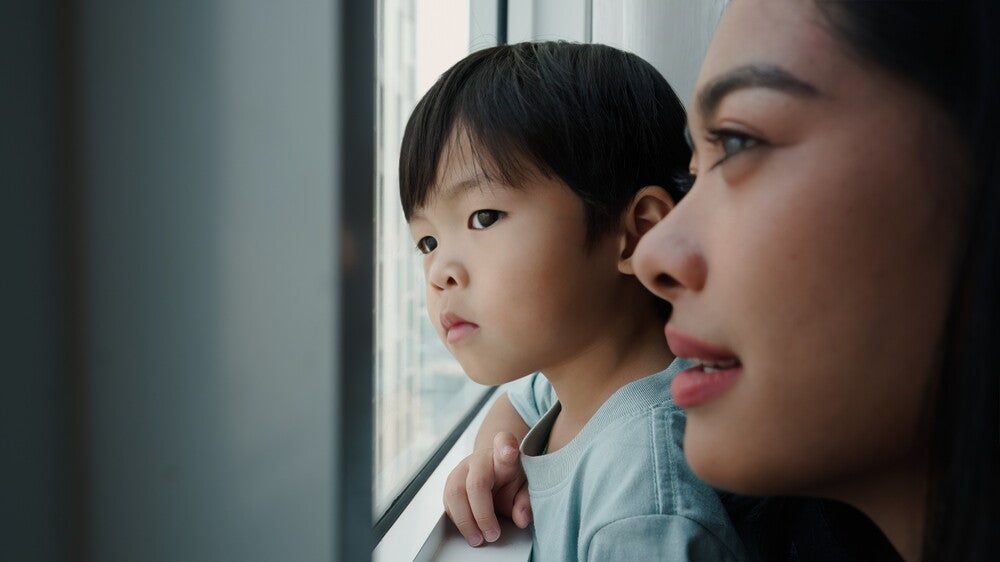
A strong and stable sense of self allows children to overcome obstacles and adversities without constantly feeling overwhelmed and crippled with fear or anxiety.
What Big Feelings Are Like for Kids
Ardee advises parents to imagine emotions as waves in the ocean. Sometimes, these emotions are small and easy to handle. However, when children hit a rough patch, the "waves" can get overwhelming.
Ardee explains, "When this happens, there's always that fear of drowning, which means it feels like they can't handle it. So, they do whatever they can to react towards it mostly in the way that they know how, such as avoidance, tantrums, or using their body to express what they feel such as hitting, throwing, withdrawal."
Ardee says children react in these ways because:
- Young children are still in a developmental stage where emotion regulation isn't well-developed yet.
- They are unable to make sense of their emotions on their own.
- They still need to be taught and be modeled the proper skills to regulate their emotions in an age-appropriate manner.
Children learn to be emotionally stable when they are taught how to "ride the waves" by their parents and/or other authority figures, such as their teachers, therapists, and other caregivers.
Ardee reminds parents that children don't understand emotions in the same manner that adults do. Therefore, a parent's guidance and support are crucial.
How to Build Emotional Stability From Infancy
Emotional stability develops as your child's brain and experiences mature. But it already begins during infancy when your baby depends entirely on you for emotion regulation.
This process is called co-regulation—you help your little one calm down by offering comfort, consistency, and a soothing presence. So how can you put co-regulation into practice for babies?
Ardee shares tips from the Duke Center for Child and Family Policy for the Administration for Children and Families (ACF) to foster early emotional development.
- Provide warmth and comfort. Gentle touch, cuddles, soft tones, and eye contact make your baby feel protected, especially when they're distressed.
- Anticipate needs. Pay attention to how your baby communicates through crying, cooing, or facial expressions.
- Establish consistent routines. A predictable cycle of waking, eating, sleeping, and playtime helps your baby feel secure.
As your child grows and starts to understand their emotions, co-regulation gradually shifts toward self-regulation.
How to Help Your Toddler Manage Big Emotions
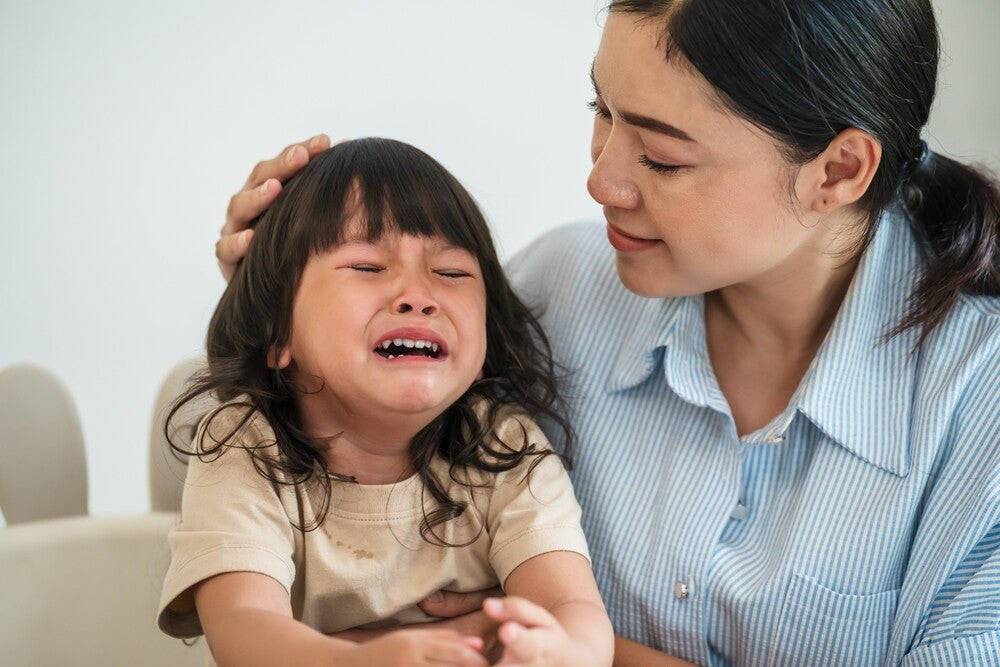
As your child grows into the toddler stage, co-regulation remains important, but your child starts to take small steps toward managing feelings on their own.
Ardee shares, "Compared to babies, toddlers are more able to develop language and motor skills emerging at this age, which allows them to be independent in certain aspects (e.g., moving away from loud noise or communicating their needs)."
Still, Ardee adds, a child's emotions often feel bigger than their ability to handle them. So, your toddler still needs you to show them the way. Here are specific ways to support your toddler's emotional well-being:
- Set simple, age-appropriate rules. Clear expectations ("We take turns," "We use gentle hands") help toddlers understand boundaries.
- Label emotions. Name what they feel and show them how to express it ("You look angry," or "That sound scares you").
- Model patience and calming strategies. Show your child how to pause, take deep breaths, wait for their turn, or ask for a break.
How to Support Your Preschooler's Self-Regulation Skills
During the preschool years, children begin showing more independence in handling their feelings. Ardee points out that preschoolers learn best through repetition, structure, and daily routines, so consistent reinforcement helps these skills take root.
Your child now also watches adults closely, which makes parent modeling especially powerful during this stage. Some of the ways you can support self-regulation in your preschooler:
- Help children learn how to find solutions. Collaborate with your child to determine what helps them best when it comes to simple problems.
- Encourage kids to pursue their goals and follow rules. Praise their efforts for finishing a task, and even, in the times they failed, praise their efforts for still working hard.
- Show and remind them how to calm down. Use techniques like taking deep breaths, using calming toys, or asking for a little time alone.
- Set up a "calm-down" corner. This way, you know that when they are overwhelmed, they can use this space to relax.
- Clearly explain the rules. Let them know what is expected of them and make sure the consequences are consistent, delivered in a firm but gentle way.
Everyday Habits That Build Your Child's Emotional Stability
At the heart of emotional stability is a trusting and safe relationship between you and your child. When your child knows they can count on you during the most challenging times, they start to understand that their feelings are something they can handle.
Ardee shares meaningful ways to strengthen your bond and help your child feel secure and understood.
Make time for shared meals.
Sitting down to eat together, even just once a day, provides a natural opportunity to connect. Use this time to listen without rushing.
Do daily check-ins.
Set aside a few minutes to ask how your child's day went, at school, at home, or with friends. For younger children, playtime can serve the same purpose.
Schedule bonding moments.
Dedicating even one to two hours a day for play, reading together, or quiet time side by side can make a huge difference to show your child that you are emotionally present.
These small but intentional habits also benefit you. When you slow down and share calm moments with your child, you give yourself space to decompress from daily stress.
Be Kind and Compassionate to Yourself
Raising a child with emotional stability involves guiding them to understand, express, and manage their feelings in healthy ways, much like how you continue to learn and manage your own emotions.
"A parent's curiosity, compassion, and presence for their children will be their greatest asset when raising emotionally stable and mature children," Ardee says.
Don't forget you are also your child's first teacher. Supporting your child's emotional stability means modeling it yourself. Practice self-regulation, take care of your own emotional health, and make time for rest because, as Ardee emphasized, "you can't be present and regulating from an empty cup."
References
A. Dee, MA, RPsy, personal communication, October 16, 2025.
Rosanbalm, K.D., & Murray, D.W. (2017). Caregiver Co-regulation Across
Development: A Practice Brief. OPRE Brief #2017-80. Washington, DC: Office of Planning, Research, and Evaluation, Administration for Children and Families, US. Department of Health and Human Services. https://acf.gov/opre/project/self-regulation-and-toxic-stress-series













